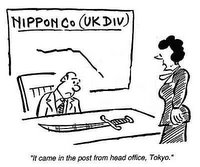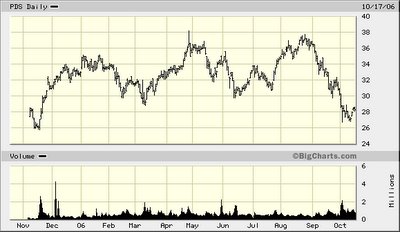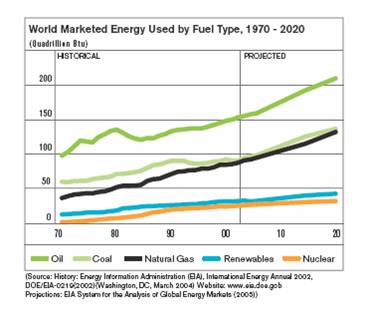
Back in March 2001, in an online interview with BusinessWeek, the then founder and CEO of online real estate listings company Homestore Inc., Stuart Wolff, credited the ability of his company to survive the dot.com meltdown to its ‘unique’ business plan: “The companies that had models that showed there was a new way of doing business are the ones that have gone by the wayside (like Pets.com and Webvan). Our model was always to partner with our industry. It was our intent to use technology to help make realtors more efficient, not to put them out of business.”
History has shown, however, that there was nothing singular about Homestore’s business model. Instead, like many other erstwhile Wall Street highfliers, Wolff and his Company's success was grounded in accounting fraud. Wolff and a dozen or so other executives—motivated by greed—schemed to artificially inflate revenues through a ‘circular flow’ of money (by way of more than $67.0 million in sham online advertising—Homestore booked its own cash as sales).
As of December 31, 2000, Wolff held about 550,000 “in-the-money” stock options worth an estimated $5.56 million (at the fair market value of $20.13 per share).
In the prior two years, too, Wolff had exercised options to acquire some 2.35 million shares of common stock in exchange for a promissory note of about $3.24 million (at an interest rate of between 5.21 percent – 5.49 percent).
Indicted in April 2005, a federal court jury returned a guilty verdict against Wolff in his criminal trial (in June 2006) on 18 counts, including conspiracy, insider trading, filing false reports with the SEC, falsifying corporate records, and lying to the auditors.
On Oct. 12, 2006, prior to sentencing, Judge Percy Anderson said, “There comes a time when you have to accept responsibility…. Your failure to do that compels me to impose a substantial sentence.” Wolff was sentenced to 15 years in federal prison (of which at least twelve-years must be served before he is eligible for parole) and ordered to pay $8.64 million in restitution and a $5 million fine.
“You had marketable skills, you had money,” scolded Judge Anderson, "there was no excuse for this.”
“You don’t understand! I coulda had class. I coulda been a contender. I could’ve been somebody, instead of a bum, which is what I am.” – Terry Malloy (Marlon Brando—actor, On the Waterfront – Directed by Elia Kazan)
Wolff, 43, who holds a doctorate in electrical engineering from Princeton University (with research experience at AT&T Bell Labs and IBM), headed Homestore from 1997 until he resigned in January 2002 (amid an internal probe of the Company’s finances). His salary/cash bonus totaled $487,115, $447,308, and $285,538 in fiscal year 2000,1999, and 1998, respectively.
The Company, which provides real estate listings and related services on the Internet, has since changed its name to Move, Inc. (MOVE-$5.45).
Wolff’s attorneys (who had sought a sentence of two-to-six-years) said that an appeal is expected.
Editor David J. Phillips holds no financial interest in any of the stocks mentioned in this article. The 10Q Detective has a full disclosure policy.















